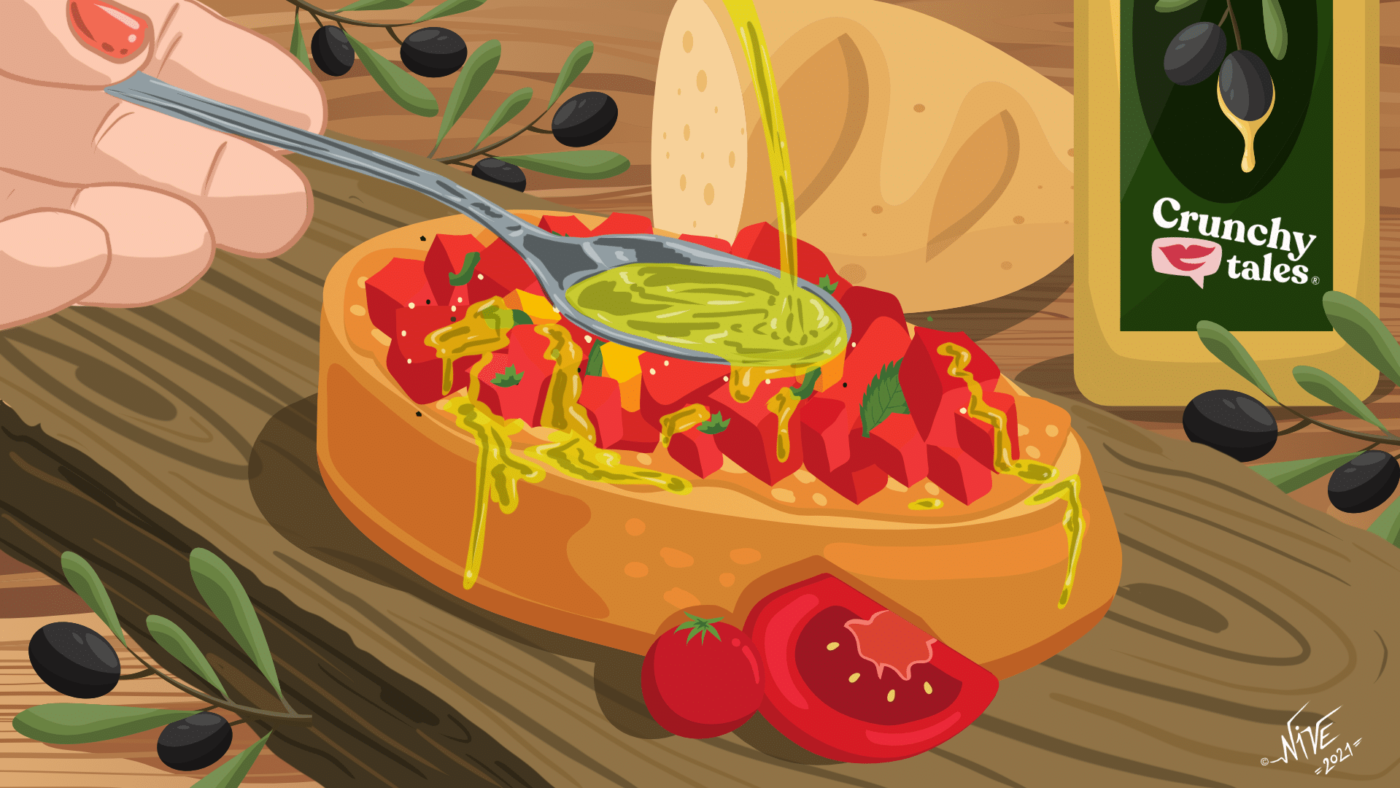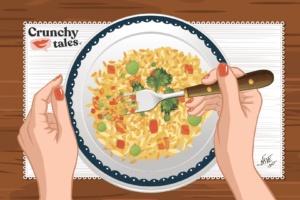The Liquid Gold: How To Recognize High Quality Olive Oil
Olive oil seems to have become something of a status symbol. Nowadays, we can find so many products on the supermarket shelves with such innovative packaging that it makes us feel slightly bewildered when it’s time to choose the right one for us.
There are flavoured olive oils, olive oils reduced to little pearls (apparently offering a taste explosion in your mouth), Extra Virgin olive oils sold in little single portion bottles that are frozen to maintain their purity of flavour, and then blended varieties, monocultivar (produced with a single type of olive), olive oils that carry the word cru on their label and olive oils as a spray.
But here’s the thing: not all olive oils are created equal. Understanding the way this incredible gift of nature is made is certainly one of the keys to recognising high-quality products and also ensuring our health would benefit from it, too.
What’s the difference between olive oil and Extra Virgin olive oil?
There are many different types of oil. Not only does the flavour and colour of the oil itself vary according to where it’s come from and what variety of olives have been used, but also by the way it is processed.
In general, Extra Virgin olive oil is made from pure, cold-pressed olives extracted by mechanical means only, with no chemicals or heat added. Any cold-pressed oil that doesn’t meet extra-virgin standards is refined to get rid of any impurities, giving the oil a more neutral flavour and lighter colour. It’s then blended with a bit of premium EVOO to produce what’s labelled as just olive oil.
Understanding the process
To fully appreciate an Extra Virgin olive oil, it may be worth taking into account the amount of work behind it. To be considered ‘so extra’, the olives have to reach the mill in as perfect a condition as possible, with no bruising or split skins as they will immediately begin to ferment, and then would carry a rancid flavour into the oil itself.
It’s this fermentation that producers try so hard to avoid as they step carefully over and around the olives lying in the nets on the ground, under the trees, as they gently gather them up and take them to be pressed in mid-November. Only the first cold careful pressing will result in the purest, least acidic oil as well as the best-tasting extra virgin oil.
The second pressing would then be used to make ordinary olive oil, which is fine for cooking but not necessarily for dressing and has much less of a flavour, while the third pressing would only deliver the so-called pomace oil (once used for lighting lamps or for use in domestic chores).
What’s the best for cooking?
The Mediterranean people have been using olive oil to cook for thousands of years, so I simply don’t buy into the recent aggressive propaganda about not heating it.
Despite what you might have heard, you can of course cook with the more expensive extra-virgin olive oil because it mainly consists of oleic acid and is therefore extremely heat resistant. However, it’s really expensive and special, so I would save it for dipping bread or using in dressings. Cheaper, ordinary olive oil for cooking and baking might be an alternative worth considering and is generally better for low and medium-heat cooking.
Just bear in mind that once opened, a bottle of olive oil must be used within the shortest possible period (within a few months) as, unlike wine, it will not improve with age. To slow down this natural process of deterioration, keep it in a dark coloured bottle away from heat and light sources. If you’ve kept it in there for too long, then the only reasonable ways to use it may be as a soothing sore throat gargle, a hair conditioner, a polish to bring the sheen back to terracotta tiles, a rub to remove stains in wooden surfaces, as a face pack, massage oil or lubricant. But no longer for consumption.
Why is there such a huge price difference between one bottle of extra virgin olive oil and another?
This planet simply does not produce sufficient oil to truly meet the enormous demand. This means that inevitably, some of the cheaper varieties of oil are most likely to be blended oils from different countries and of varying quality, even though their name or packaging might lead you to think it is an Italian, Spanish or Greek one you are buying. More expensive oils are the result of a careful process that takes a substantial amount of time and more likely to have come from single producers who have harvested their olives in the time-honoured fashion and simply bottled the result. Certifying the product as EVOO is also a rigorous, time-consuming process, hence the higher price.
Really pure, intensely flavoured, deep green, extra virgin olive oil from olives hand-picked in stony groves, is unlikely to be on general sale and is usually far superior to anything you might be able to buy locally. For this special kind of oil, which is made in tiny batches, you will need to visit a grower and buy directly, preferably around late November, when the oil will be at its freshest, or find an online producer who will happily ship it to you, but be prepared to pay much more for this ‘liquid gold‘ than for a generic big brand oil.
*****
Data corner
- There are 391 different varieties of olive tree grown on our planet in 44 countries but of these only 40% produce fruits that are actually suitable for turning into oil, making the table olive market much larger.
- There is only 1 variety of olive, native to Eastern Crete, that can be eaten directly from the tree, all other varieties need to be treated before they can be eaten to remove their intrinsic bitterness
- Unlike grapes, there is no such thing as trees that produce black olives and trees that produce green – its always the same batch of olives on the same tree picked at different stages of its ripening, starting at green and moving to black through various hues of purple over the season
- Every single part of the olive tree is used, and always has been, and it represents peace – it is not a coincidence that the United Nations use two olive tree branches on its flag as a symbol of universal harmony
- The olive is a drupe – a single stone fruit like the plum or cherry
- Many of the phytonutrients contained in this unassuming little fruit are unique to the olive
- The oleic acid contained in olive oil supports cellular health; enhances brain function, can help in the management of type 2 diabetes, reduces blood pressure and can improve cardiovascular health
- Many people, including me, swallow a tablespoon of really good quality extra virgin olive oil every day to help maintain good overall health
Like this article? Sign up to our newsletter to get more articles like this delivered straight to your inbox.





